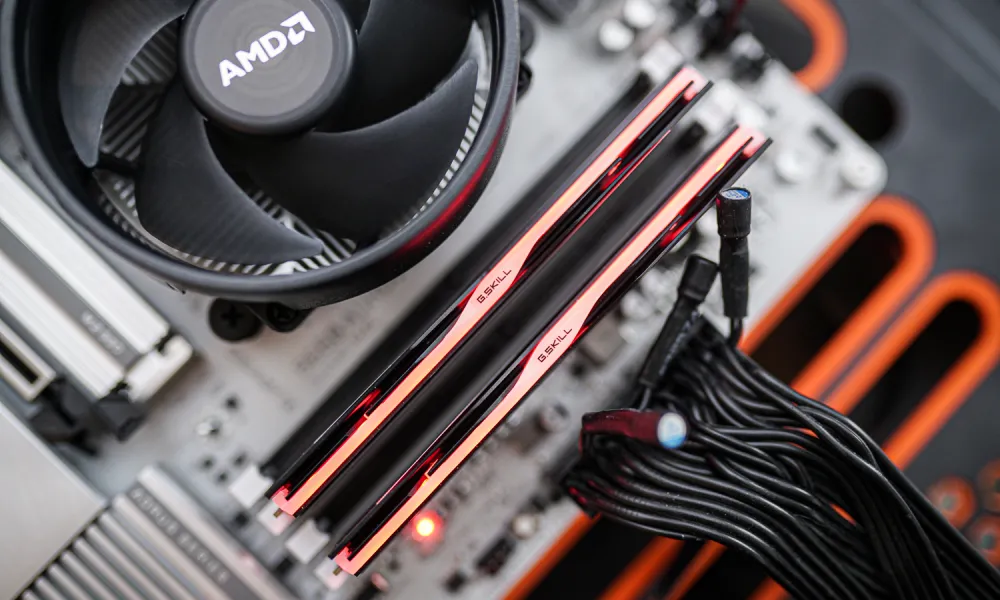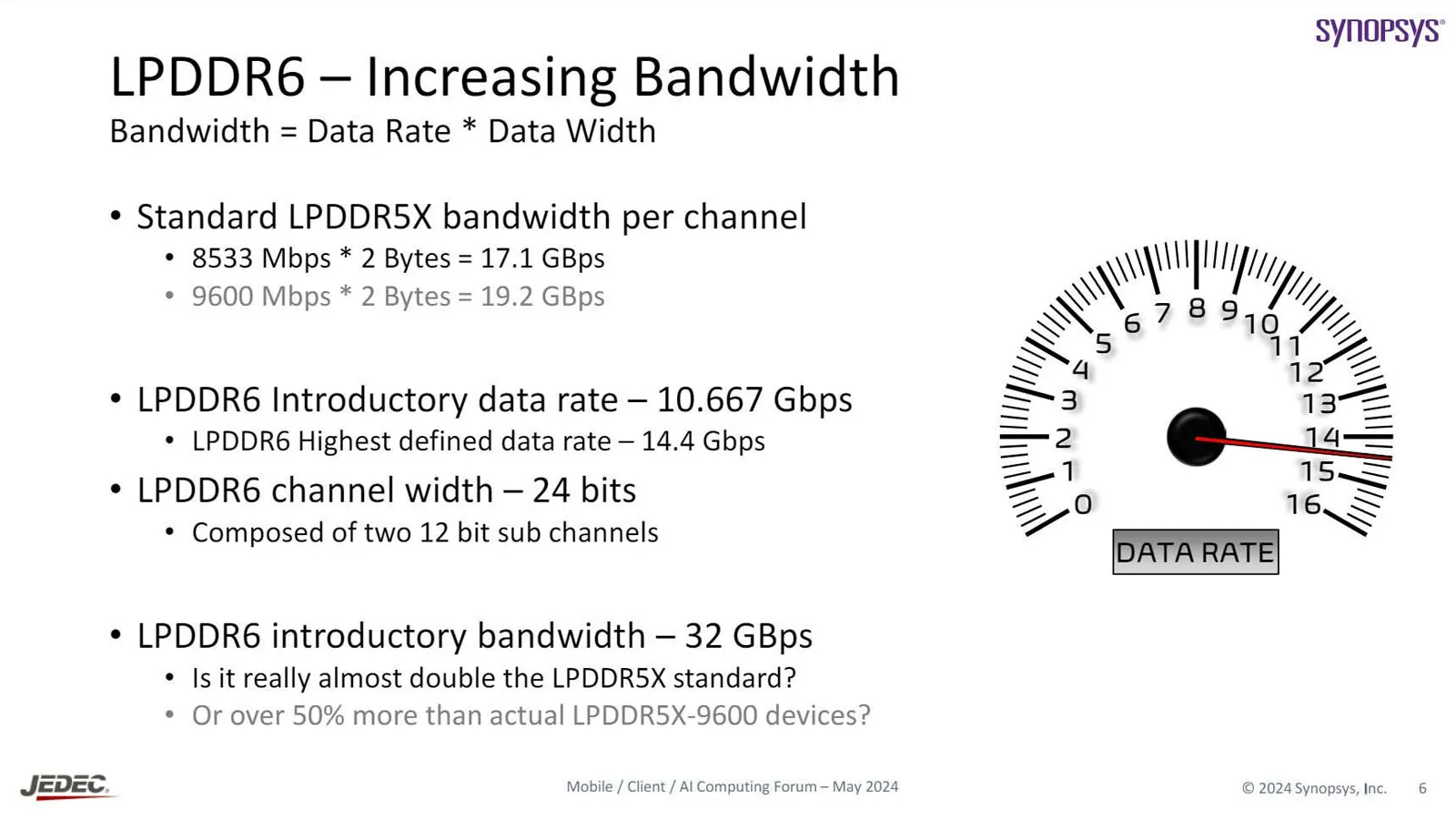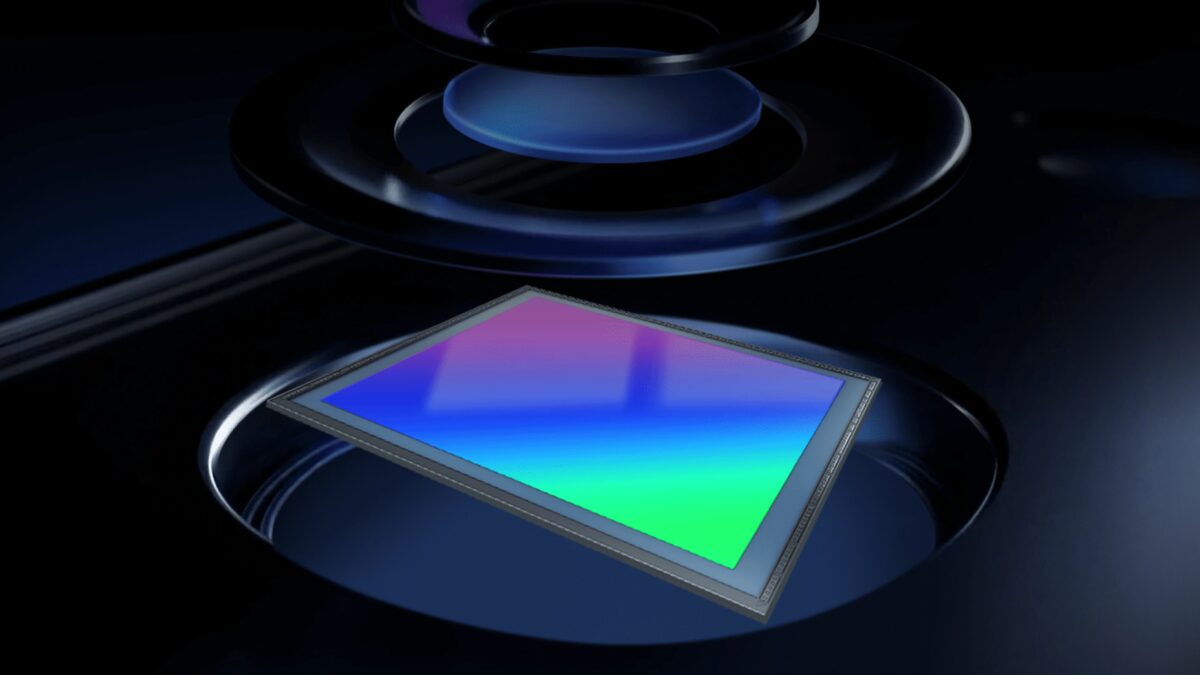DDR6: everything we know about next-generation RAM

DDR6 RAM — is the next generation of memory in high-end desktop PCs, promising incredible performance over even the best RAM modules available now. However, development of this generation is still in its infancy and confirmed information is still scarce. What’s more, the Solid State Technology Association JEDEC hasn’t even approved a standard for it yet.
Solid State Technology Association JEDEC has yet to approve a standard for it.
This hasn’t stopped some manufacturers from starting work on the technology, and early speculation suggests that it will be incredibly fast and even more power-efficient. So while it’s probably not worth the wait right now, if you’re looking to buy RAM anytime soon. In the meantime, here’s everything that’s known about the future of this technology so far.
And here’s everything that’s known about the future of this technology so far.
Prices and availability
The debut of the new memory is not expected anytime soon, nor can it happen until a standard is established. The first draft of that standard is expected to appear sometime toward the end of 2024, with an official specification — early 2025. This could lead to the release of early DDR6 chips in late 2025, but when they will appear in actual products remains to be seen.
It’s not yet known.
Bearing in mind that we expect several more generations of DDR5 support in AMD and Intel processors, it could be several more years before DDR6 becomes widely available.
The delay in deciding on the specification is reportedly because JEDEC members haven’t decided which signaling standard to use. So far, they are leaning toward Non-Return-to-Zero (NRZ) signaling.
They’re not sure which signaling standard to use.
Specifications
Since there is no official standard for DDR6, we don’t have any exact specifications for a typical DDR6 module. However, there have been leaks and suggestions from internal JEDEC documents over the past few months that give us some insight.
Some of the specs are from the JEDEC internal documents.

Rumors from early 2024 pointed to a doubling of bandwidth compared to current DDR5 standards. This would give DDR6 a range of 8,800MHz to 12,800MHz. However, more recent rumors and leaks suggest that the bandwidth could be much higher, reaching 17,600 MHz in standard configurations and as high as 21,000 MHz in some modules. This is listed as «possible expansion» however, so perhaps this spec is for some future DDR6X design or something similar.
And that’s not the case.
VideoCardz put a few of these rumors together, and also found a bit of information for a mobile variant of DDR6, LPDDR6. These low-power modules will run at 10,667MHz, but can go as high as 14,400MHz.
These low-power modules will run at 10,667MHz, but can go up to 14,400MHz.
Another rumor suggests that DDR6 will have lower power consumption than DDR5, though whether the base configuration will operate at less than 1V is still unknown (DDR5 can operate at up to 1.1V).
Another rumor suggests that DDR6 will have lower power consumption than DDR5, though whether the base configuration will operate at less than 1V is still unknown (DDR5 can operate at up to 1.1V).
Performance
Although doubling the original DDR5 specs implies a significant increase in overall bandwidth, it doesn’t necessarily translate into a linear increase in real-world performance. Benchmarks testing memory performance will undoubtedly show significant gains, but in games and applications, the difference is likely to be much more modest and less noticeable.
Testing DDR5 vs. DDR4 found no more than a 10 percent difference in performance on comparable PCs. Puget Systems confirmed these findings with a performance gain of no more than 20 percent.
Puget Systems confirmed these findings with a performance gain of no more than 20 percent.
The large throughput gains of DDR6 may not be as impressive, if at all. However, as new processors, graphics processors, and storage systems are released, they will be better able to take advantage of the additional bandwidth DDR6 provides.








